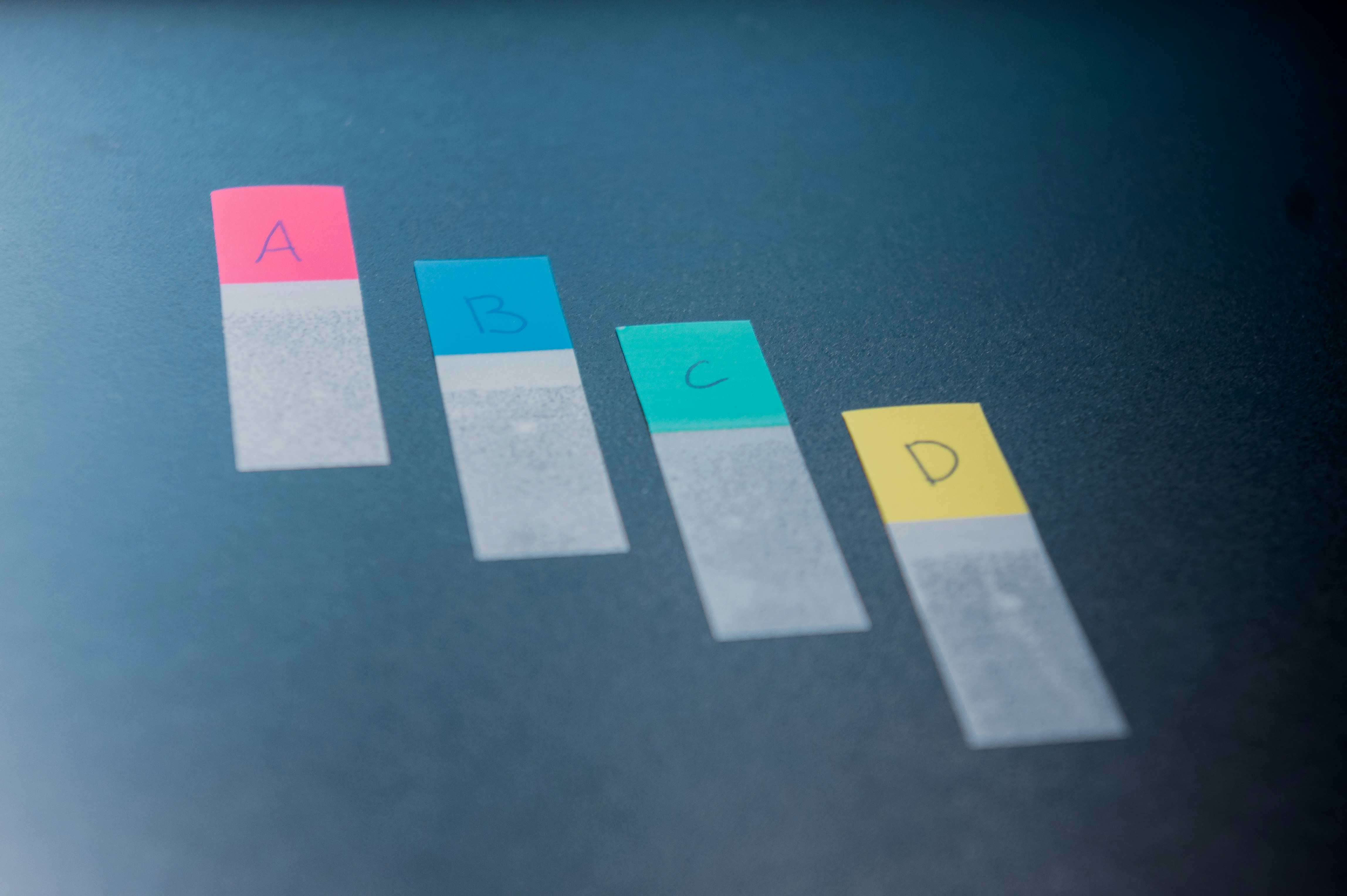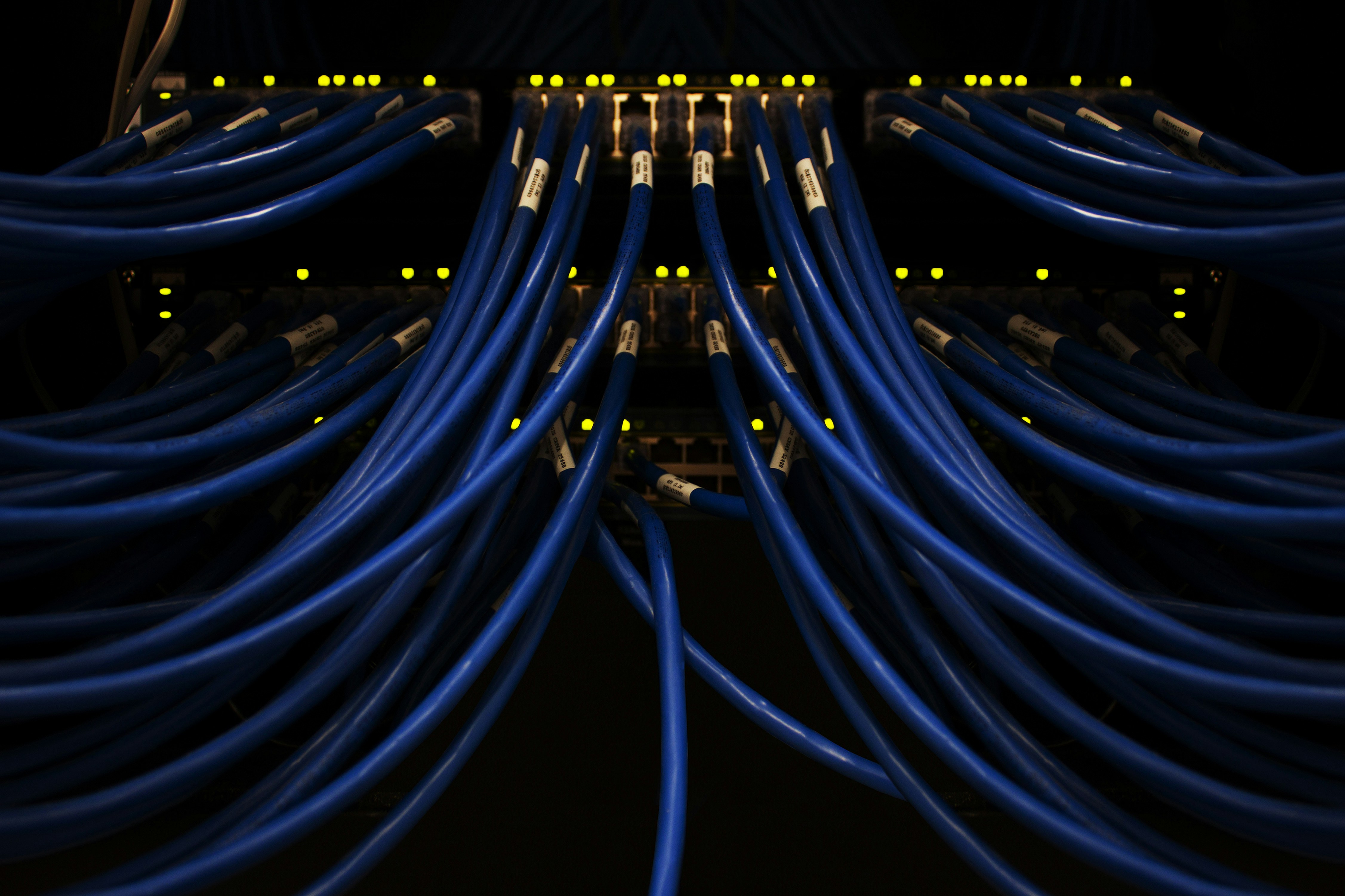Self-care has become even more ubiquitous and popular in 2023 due to the pandemic’s impact. While people recognize the importance of mental health, it can be challenging to schedule therapy sessions or attend wellness retreats with a busy life, work, daily commute, and family. As a result, there is a growing demand for digital solutions. This article will discuss how to create a mental health app that aligns with current trends.
We will cover the types of mental health apps available, the pros and cons of the apps, and essential features to consider. Additionally, we will provide costs and a development guide for mental health app projects as a bonus.
What is Mental Health App?
A mental health app is a digital application designed to provide support, guidance, and tools for individuals seeking to improve their mental health and well-being. These apps cover a range of mental health concerns, including anxiety, depression, stress, and sleep disorders, among others. Mental health apps are typically developed by mental health professionals, software developers, or a combination of both, with the aim of making mental health support more accessible and affordable for users.
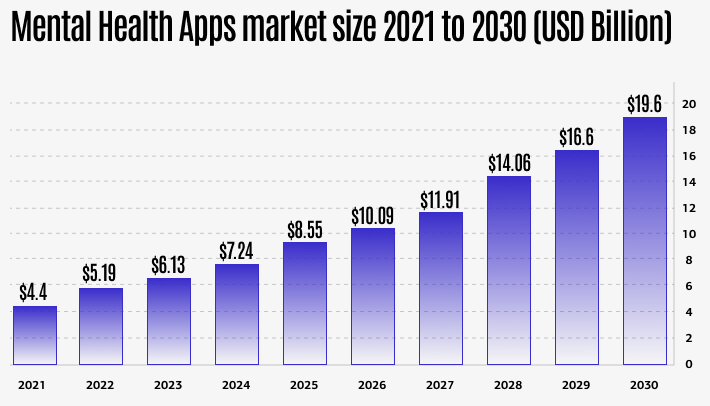
Due to financial limitations, 22.87% of adults who reported 14 or more psychologically unhealthy days per month could not see a doctor. In Georgia (ranked 51), more than one-third of people suffering regular emotional distress cannot pay to see a doctor.
Mental health apps can offer various features such as mood tracking, meditation exercises, cognitive-behavioral therapy (CBT) techniques, breathing exercises, journaling prompts, and more. They can also provide access to licensed therapists and counselors via messaging, voice, or video calls. Some mental health apps use artificial intelligence (AI) to personalize the user experience, offering personalized recommendations based on the user’s needs and preferences.
Mental health apps can be a convenient and effective way to manage one’s mental health, particularly for those who may face barriers to traditional forms of therapy, such as stigma, cost, or availability. However, it is important to note that mental health apps should not replace professional medical advice and treatment. It is always best to consult with a licensed mental health professional if you have any concerns about your mental health.
Pros & Cons of Mental Health App
Almost a third (28.2%) of all people with a mental illness reported being unable to obtain the necessary treatment. 42% of adults with AMI reported being unable to obtain required care due to financial difficulties.
Mental health apps have gained popularity in recent years as a convenient and affordable way to access mental health support. While these apps offer several benefits, they also have some drawbacks that users should be aware of. Let’s explore the pros and cons of mental health apps.
Pros:
- Accessibility: Mental health apps provide a convenient and accessible way to access mental health support from anywhere and at any time. This is particularly useful for individuals who may have limited access to traditional mental health services due to factors such as location, cost, or stigma.
- Affordability: Mental health apps are often more affordable than traditional mental health services, making them a viable option for individuals who may not have the financial resources to pay for traditional therapy sessions.
- Personalization: Many mental health apps use AI and other technologies to personalize the user experience, offering recommendations and tools that are tailored to the individual’s specific needs and preferences.
- Confidentiality: Mental health apps often provide a high level of confidentiality and privacy, which can be particularly important for individuals who may feel uncomfortable sharing their mental health concerns with others.

Cons:
- Lack of Human Interaction: Mental health apps may not provide the same level of human interaction and support as traditional therapy sessions, which can be a disadvantage for individuals who require more personalized and intensive support.
- Limited Scope: Mental health apps may not be suitable for individuals with more complex mental health conditions that require medical treatment or therapy sessions.
- Quality: The quality of mental health apps can vary widely, and some apps may not be evidence-based or provide accurate information.
- Reliance on Technology: Mental health apps rely on technology, which can be a disadvantage for individuals who may not have access to or be comfortable with technology.
- Lack of Diagnoses Control: Usually, apps have a set of techniques aimed at specific diagnoses, which may not always cover 100% of users. The doctor can understand by certain signs that the patient needs music therapy, but for example, if it is very quiet, the app will not be able to show this, which leads to certain risks of incorrect diagnoses.
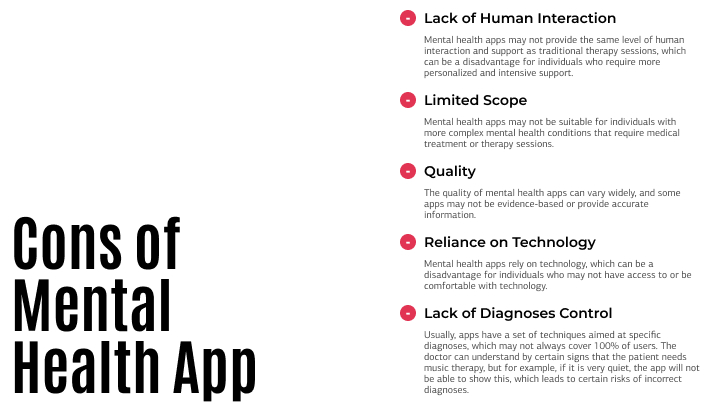
Best Practices for Developing Mental Health Apps
The worldwide market for mental health applications is expected to grow at a CAGR of 16.5% from 2022 to 2030, reaching $17.5 billion USD by 2030.
The process of how to develop a mental health app can be a challenging task that requires careful consideration of user needs, industry trends, and best practices. With the increasing demand for digital solutions for mental health support, it is essential to ensure that mental health apps are developed with best practices in mind.
Here are some best practices for developing mental health apps in detail:
Research User Needs
Understanding the needs and preferences of potential users is crucial for developing a successful mental health app. Conducting user research and testing can help ensure that the app meets the needs of its intended audience. Developers should consider factors such as demographics, mental health conditions, and app usage patterns to design an app that is tailored to the user’s needs.
Use Evidence-Based Practices
Mental health apps should be based on evidence-based practices and therapies that have been shown to be effective in treating mental health conditions. This can help ensure that the app is safe and effective for users. Developers should collaborate with mental health professionals to ensure that the app’s content and features are based on best practices.
Ensure Data Privacy
Mental health apps may collect sensitive personal information, such as mental health diagnoses and treatment histories. It is essential to ensure that the app’s data collection and storage practices comply with relevant laws and regulations, and that users’ data is kept private and secure. Developers should also ensure that the app’s privacy policy is transparent and easy to understand.
Provide Relevant Content
Mental health apps should provide relevant and helpful content, such as psychoeducation, coping skills, and self-care strategies. The app’s content should be evidence-based, engaging, and easy to understand. Developers should also ensure that the app’s content is regularly updated to ensure that it remains relevant and useful for users.
Focus on User Experience
The app’s user experience should be intuitive, easy to navigate, and visually appealing. Users should be able to easily access the app’s features and tools, and the app should be designed to encourage engagement and continued use. Developers should also consider the app’s accessibility features, such as font size and color contrast, to ensure that it is accessible to users with different needs.
Incorporate Gamification
Gamification, such as reward systems and progress tracking, can help increase user engagement and motivation. This can be particularly useful for individuals who may struggle with motivation and adherence to mental health interventions. Developers should consider incorporating gamification features that are tailored to the app’s content and target audience.
Test and Iterate
Mental health apps should be tested and iterated upon regularly to ensure that they remain relevant and effective for users. User feedback and analytics can be used to identify areas for improvement and inform future updates. Developers should also ensure that the app is compatible with different devices and operating systems, and that it is regularly updated to address any security or technical issues.
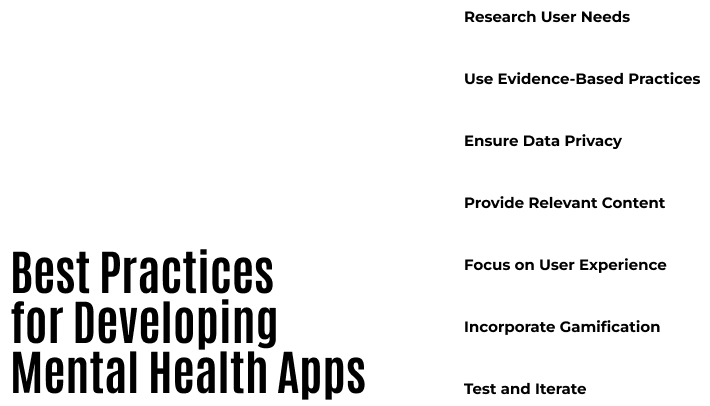
Features of Mental Health App
Mental health apps have become increasingly popular as a way to provide convenient, accessible support to those seeking to improve their mental health and well-being. To create an effective mental health app, it is important to consider the features that will be most useful and appealing to users. Here are some key features to consider when creating a mental health app:
Sign Up & Profiles
To access the app, users will need to create a profile with basic information, such as their name and email address. The profile can also include additional information, such as mental health diagnoses and treatment history, to help personalize the app’s content and features.
Well-Being Check-Ups
A well-being check-up is a feature that allows users to assess their mental health and well-being using a standardized questionnaire. The app can then provide personalized feedback and suggestions for improving mental health based on the user’s responses.
Thought Diary
A thought diary is a feature that allows users to record their thoughts and feelings. This can help users identify negative thought patterns and work on replacing them with more positive thoughts and behaviors.
Chat & Video Sessions with Specialists
Many mental health apps offer the option for users to chat or have video sessions with licensed mental health professionals. This can provide users with additional support and guidance from a trained professional.
On-Demand Video/Audio Content
Mental health apps can provide users with on-demand video or audio content, such as guided meditations or psychoeducation sessions. This can help users learn coping skills and improve their mental health on their own schedule.
Urgent Mental Help
Some mental health apps provide users with immediate access to mental health crisis resources, such as suicide prevention hotlines. This feature can be potentially life-saving for those in need of urgent mental health support.
Meditation & Other Mental Activities
Meditation and other mental activities, such as breathing exercises and mindfulness practices, can be helpful for improving mental health and reducing stress. Mental health apps can provide users with guided meditations and other mental activities to help them practice these skills.
Forums & Group Chats
Mental health apps can provide users with the opportunity to connect with others who are experiencing similar mental health challenges. Forums and group chats can provide a sense of community and support for users.
Push-Notifications
Push-notifications can remind users to complete well-being check-ups, journal entries, and other tasks to help improve their mental health. These reminders can help users stay on track and make progress towards their mental health goals.
Third-Party Integrations
Mental health apps can integrate with other apps and platforms, such as fitness trackers and sleep monitors, to provide users with a more comprehensive view of their mental health and well-being.
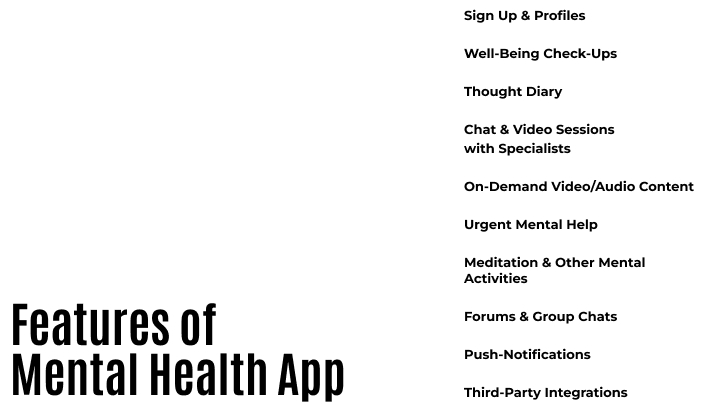
Types of Mental Healthcare App
Mental health apps are designed to provide individuals with access to mental health services and resources anytime, anywhere. There are various types of mental healthcare apps that cater to different needs and goals. Here are some of the most common types of mental healthcare apps:
Therapy Apps
These apps provide users with access to licensed mental health professionals who can offer individualized counseling and therapy sessions. Users can communicate with their therapists via messaging, audio or video calls.
Meditation Apps
These apps offer guided meditation sessions, breathing exercises, and relaxation techniques to help users reduce stress and anxiety. They usually come with calming music and nature sounds to create a peaceful atmosphere.
Self-Care Apps
These apps offer users personalized self-care plans, tips, and reminders to help them maintain their mental and physical well-being. These can include daily affirmations, reminders to take breaks, or prompts for healthy habits like drinking enough water.
Mindfulness Apps
These apps offer guided mindfulness exercises to help users become more present and aware in their daily lives. They often include tools for practicing mindfulness throughout the day, such as breathing exercises or guided meditations.
Mood-Tracking Apps
These apps help users track their moods, emotions, and daily activities to identify patterns that may be affecting their mental health. They can also provide insights into potential triggers, offer suggestions for coping strategies, and offer resources for additional support.
Mental Health Education Apps
These apps provide users with psychoeducation about various mental health disorders and treatments. They may include articles, videos, and quizzes to help users learn about different mental health topics and resources.
Peer Support Apps
These apps provide users with the opportunity to connect with others who are experiencing similar mental health challenges. Users can share their experiences, offer support to one another, and create a sense of community and belonging.
Relaxation Apps
These apps offer users a variety of tools and techniques for relaxation, including guided meditations, soothing music, painting, and other hobby-based activities. They can help users unwind after a stressful day and promote restful sleep.
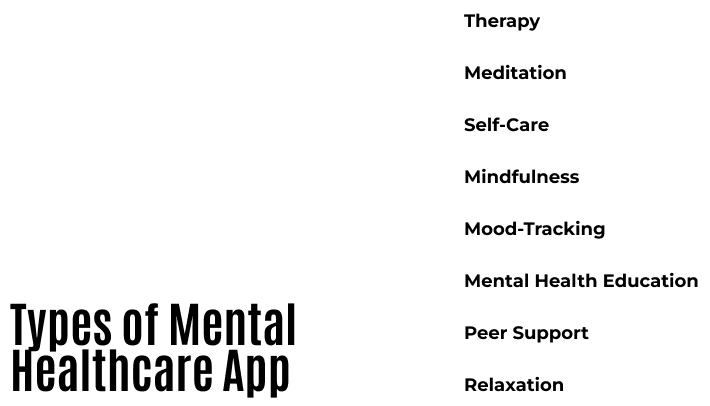
Process of Developing Mental Health App
Identify the Target Audience
The first step of the guide on how to develop a mental health app is to identify the target audience. This could be individuals with specific mental health conditions, age groups, or people looking to improve their overall mental well-being. Understanding the needs and expectations of the target audience will help developers design an app that is relevant and useful.
Conduct Market Research
After identifying the target audience, the next step is to conduct market research. This involves analyzing existing mental health apps to determine what works well and what needs improvement. It also involves reviewing industry trends, market demand, and user feedback to inform the design and development of the new app.
Determine App Features
Based on the target audience and market research, developers should determine the app’s features. The app should include features that align with the target audience’s needs and expectations. Common features in mental health apps include symptom tracking, mindfulness exercises, cognitive-behavioral therapy (CBT) techniques, and peer support.
Create a Design and User Interface
After determining the app’s features, developers should create a design and user interface that is easy to navigate and visually appealing. The design should be intuitive and align with the app’s features and the target audience’s preferences.
Develop the App
Once the design and user interface are finalized, developers can begin building the app. This includes coding, testing, and integrating the app’s features. Developers should ensure that the app is user-friendly and responsive across various devices.
Test and Refine the App
After the app is built, it should be tested to ensure it functions properly and meets the target audience’s needs. Developers should test the app for bugs, usability, and overall user experience. User feedback should be collected to make any necessary refinements to the app.
Launch and Market the App
After testing and refining the app, it is ready for launch. The app should be marketed to the target audience using various channels such as social media, email marketing, and search engine optimization (SEO). Continuous updates and improvements should be made based on user feedback and changing industry trends.
You can see one of our mental health app projects here.

Cost of Mental Health App Development
Developing a mental health app involves several stages, from ideation and design to development and deployment. Each of these stages incurs a cost that can add up to a significant amount. The cost of developing a mental health app depends on several factors such as the app’s features, the complexity of development, and the development team’s location.
Here are some of the factors that affect the cost of mental health app development:
- App features: The cost of developing a mental health app largely depends on its features. For instance, an app with advanced features such as cognitive-behavioral therapy (CBT) or telemedicine functionality will cost more than a basic app with limited features.
- Platform: The platform you choose to develop the app can significantly affect the development cost. Developing an app for iOS and Android platforms requires separate development, testing, and maintenance efforts, which increases the overall cost.
- Development team: The development team’s location and expertise also affect the cost of mental health app development. Hiring an experienced team from developed countries such as the US or EU will be more expensive than hiring a team from developing countries such as India or the Philippines.
- Design: The app’s user interface design is an essential aspect of mental health app development, and a professional and engaging design may require significant investment.
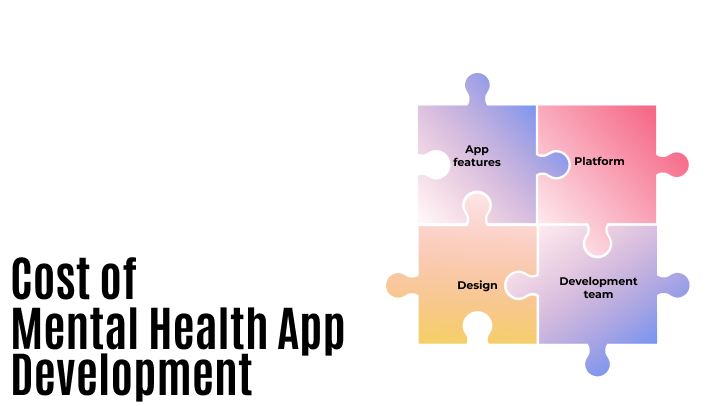
Based on the above factors, the cost of developing a mental health app can range from $10,000 to $500,000 or more. A basic app with limited features can cost around $10,000 to $50,000, while a more advanced app with sophisticated features such as telemedicine can cost between $100,000 to $500,000.
Conclusion
Now you know the main steps of how to create a mental health app. Developing a successful mental health app can be a challenging task that requires a range of skills and expertise. From ensuring the app is user-friendly and visually appealing to ensuring its effectiveness and commercial viability, numerous factors must be taken into account. However, at EVNE Developers, we have the experience and knowledge to guide you through every stage of the process.
Our team of healthcare IT experts can assist you with a range of tasks related to mental health app development, whether you’re starting from scratch or improving an existing product. We pride ourselves on delivering high-quality services, from developing a stunning design to ensuring your app is optimized for performance and user experience.
We hope that this editorial has provided you with a better understanding of what it takes to create a mental health app. If you have any further questions or concerns, please don’t hesitate to contact us for a free consultation or check our case studies. Our experts will be happy to discuss your project with you and offer personalized advice and guidance to help bring your vision to life.




